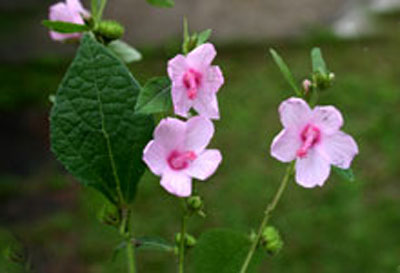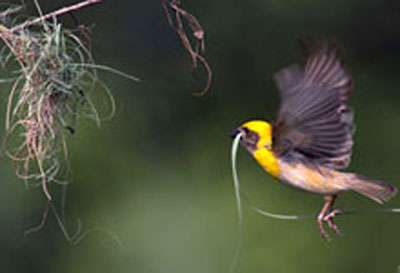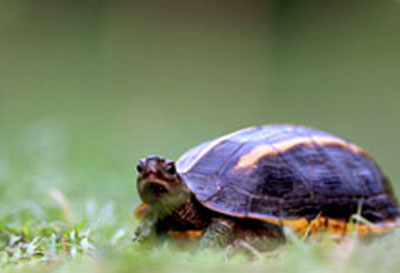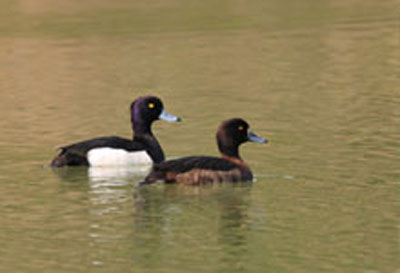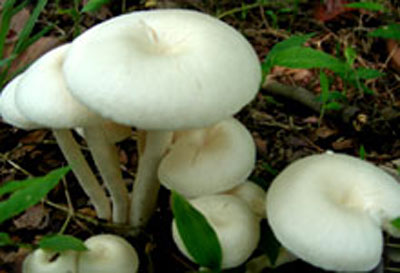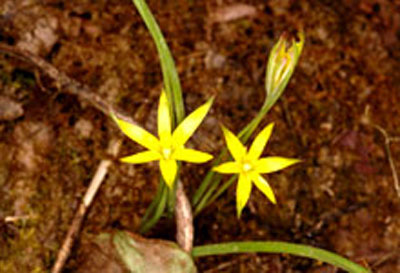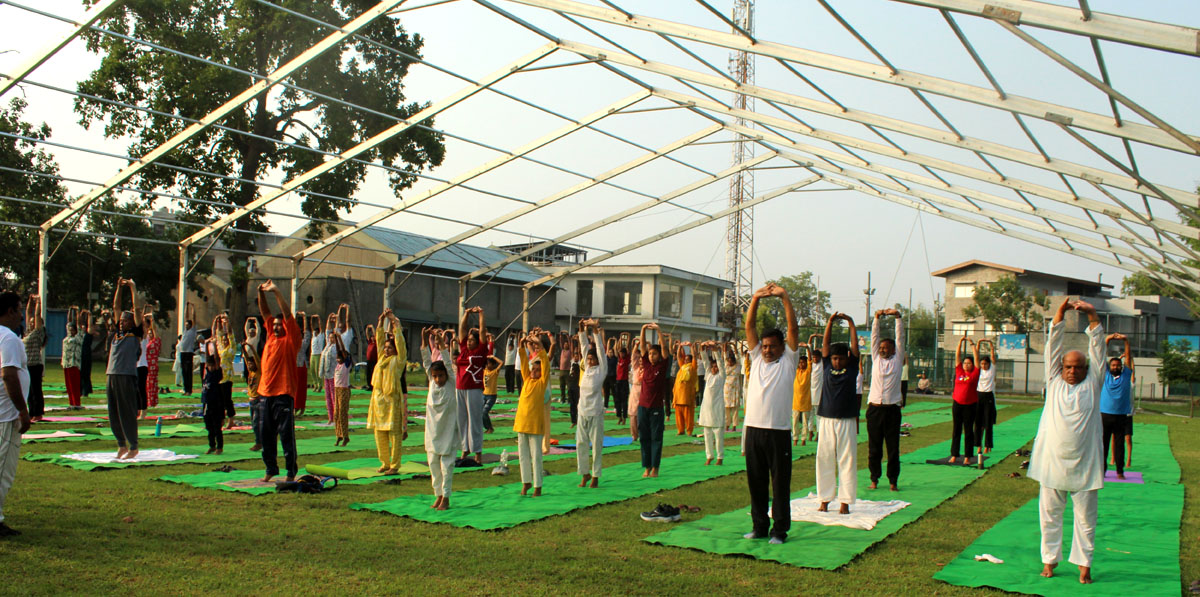How to reach WII
WII is located in picturesque location in Dehradun, capital of the newly formed state of Uttarakhand which is about 250 kms. north east of the national capital city of New Delhi. Dehradun is well connected by road and rail. There is also an airstrip located at Jolly Grant about 21 kms. from the main city.
The WII campus is situated in Chandrabani off the Delhi-Dehradun highway about 10 kms. from the main city, and 1.5 km from the highway (Dehradun-Delhi).
The campus is approximately 10 km from Dehradun city center and is well-connected by air, rail, and road.
-
By Air
Jolly Grant Airport (Dehradun) is the nearest airport, situated about 31 km from WII. The airport offers regular flights from major Indian cities. From the airport, you can reach WII by:
Taxi: Approximately 45 minutes' drive.
Bus: Public buses are available from the airport to Dehradun city (ISBT); from there, local transport can take you to WII.
-
By Train
Dehradun Railway Station is located about 9 km from WII. It is well-connected to major cities across India. From the station:
Taxi/Auto-rickshaw: Approximately 20–30 minutes' drive to WII.
Bus: Local buses are available to areas near Chandrabani.
-
By Bus
Inter-State Bus Terminal (ISBT) Dehradun is around 5 km from WII. Regular buses operate from various cities to ISBT Dehradun. From ISBT:
Taxi/Auto-rickshaw: Approximately 15–20 minutes' drive to WII.
Bus: Local buses or shared auto-rickshaws can take you towards Chandrabani.
For precise directions, you can use mapping services to navigate to:
Wildlife Institute of India, Chandrabani, Dehradun, Uttarakhand 248001
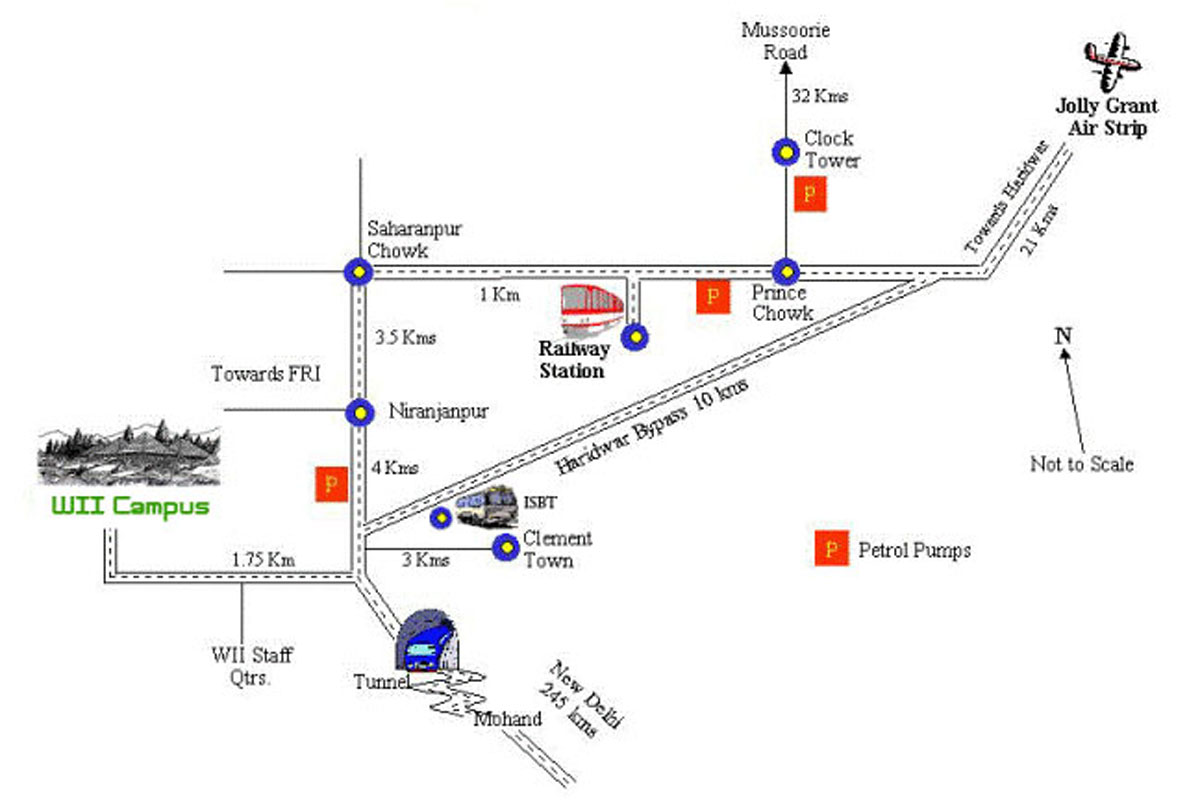
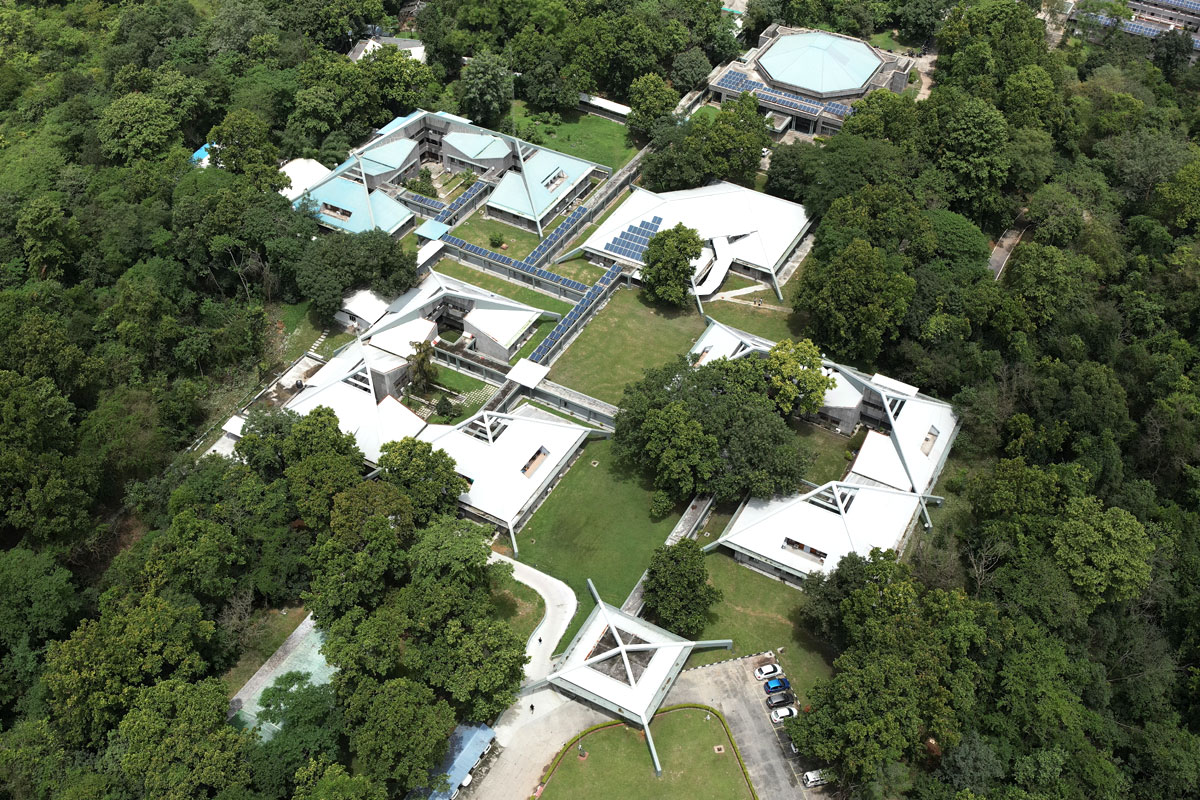
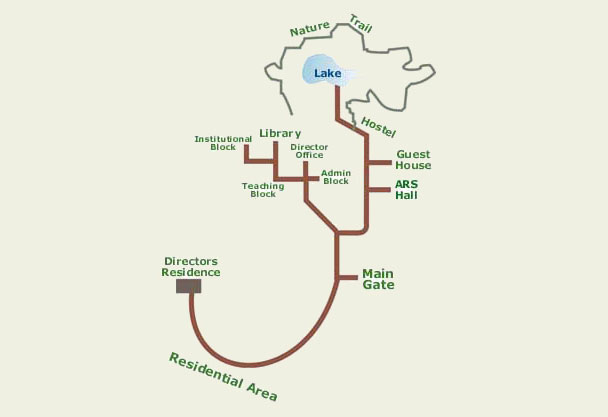
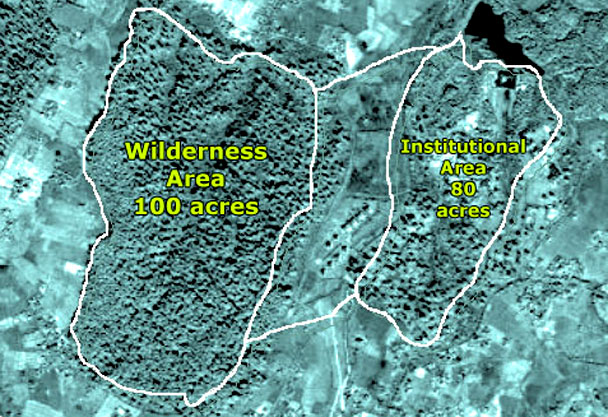
Climate
Dehradun has a sub-tropical climate with cool winters, warm and crisp springs, hot summers and a strong monsoon. The mountains around Dehradun receive sustained snowfall in winter, but the temperature in the city hardly ever drops below freezing. Given below is complete information on the weather.
-
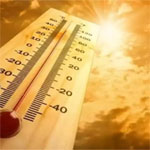 Summers
SummersSummers in Dehradun generally lasts from mid-April to mid-June. The temperature rises to a maximum of 36o C and the days remain dry, sunny and hot.
Periodic rainfalls are experienced and the temperature falls down to a minimum of 16.7o C. Due to its close vicinity to the neighboring hill station of Mussoorie, the summers see a huge influx of tourists to the place from the hot and seething plains below.
-
Monsoons
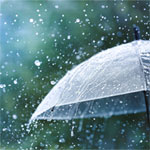 Monsoons generally last from the month of July to
September. With the onset of this season, the place experiences the monsoon showers from the Arabian
Sea.
Monsoons generally last from the month of July to
September. With the onset of this season, the place experiences the monsoon showers from the Arabian
Sea.The rain is very assuaging after the hot and dry summer months, and the weather is warm. The humidity remains very high, especially in the month of July and early August.
-
Winters
 Winters last from November to February and are very cold; with the temperature
falling down to a minimum of 5.2o C. Days generally remain dry. The maximum temperature
during winters is recorded at 23.4o C.
Winters last from November to February and are very cold; with the temperature
falling down to a minimum of 5.2o C. Days generally remain dry. The maximum temperature
during winters is recorded at 23.4o C.Due to snowfall in the nearby mountain ranges and cold winter rains, the months of December and January are the coldest of the winter months. Winters remain ideal for enjoying snowfall in the Garhwal Himalayas.
Summer Temperature: Minimum : 16.7o C, Maximum: 36o C
Winter Temperature: Minimum : 5.2o C, Maximum: 23.4o C
Average Rainfall : 2073.3 mm
Biodiversity
The Wildlife Institute of India Campus harbours a total of 616 plant species comprised of 58 trees, 65 shrubs (including lianas), 357 herbs and climbers (vines) including 9 species of pteridophytes, 71 grasses and 27 sedges belonging to 107 families (99 Angiosperm and 8 Pteridophyte) with 384 genus (375 Angiosperm and 9 Pteridophyte). Of the total 616 plant species, 94% species are in wild and 6% species are planted.
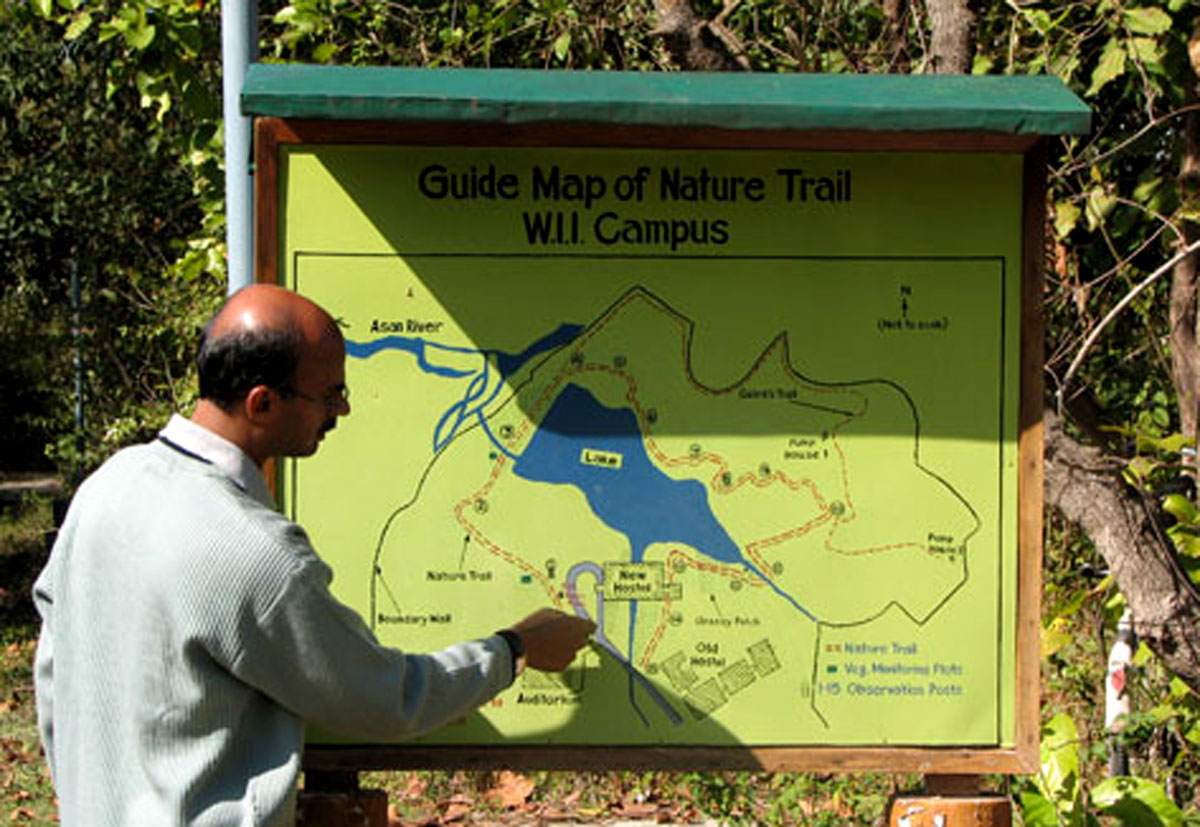
The faunal diversity of the campus is also rich, Birds: 310 species belonging to 49 families, Amphibians: 11 species belonging to 4 families, Butterflies: 90 species belonging to 5 families, Moths: 16 species belonging to 7 families, Reptiles: 22 species belonging to 7 families, Spiders: 17 species belonging to 6 families and mammals: 17 species belonging to 14 families.
The vegetation is natural and semi-natural represented by a mosaic of natural scrub, woodland, various successional stages of Shorea robusta forest including stream bank vegetation and grassy banks. There are a total of 556 plant species comprised of 438 species of herbs and climbers including 12 species of pteridophytes, 54 species of trees, 64 species of shrubs and lianas. Angiosperms are distributed over 99 families with 368 genera.
